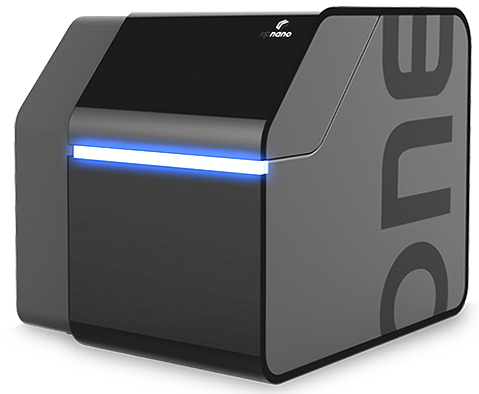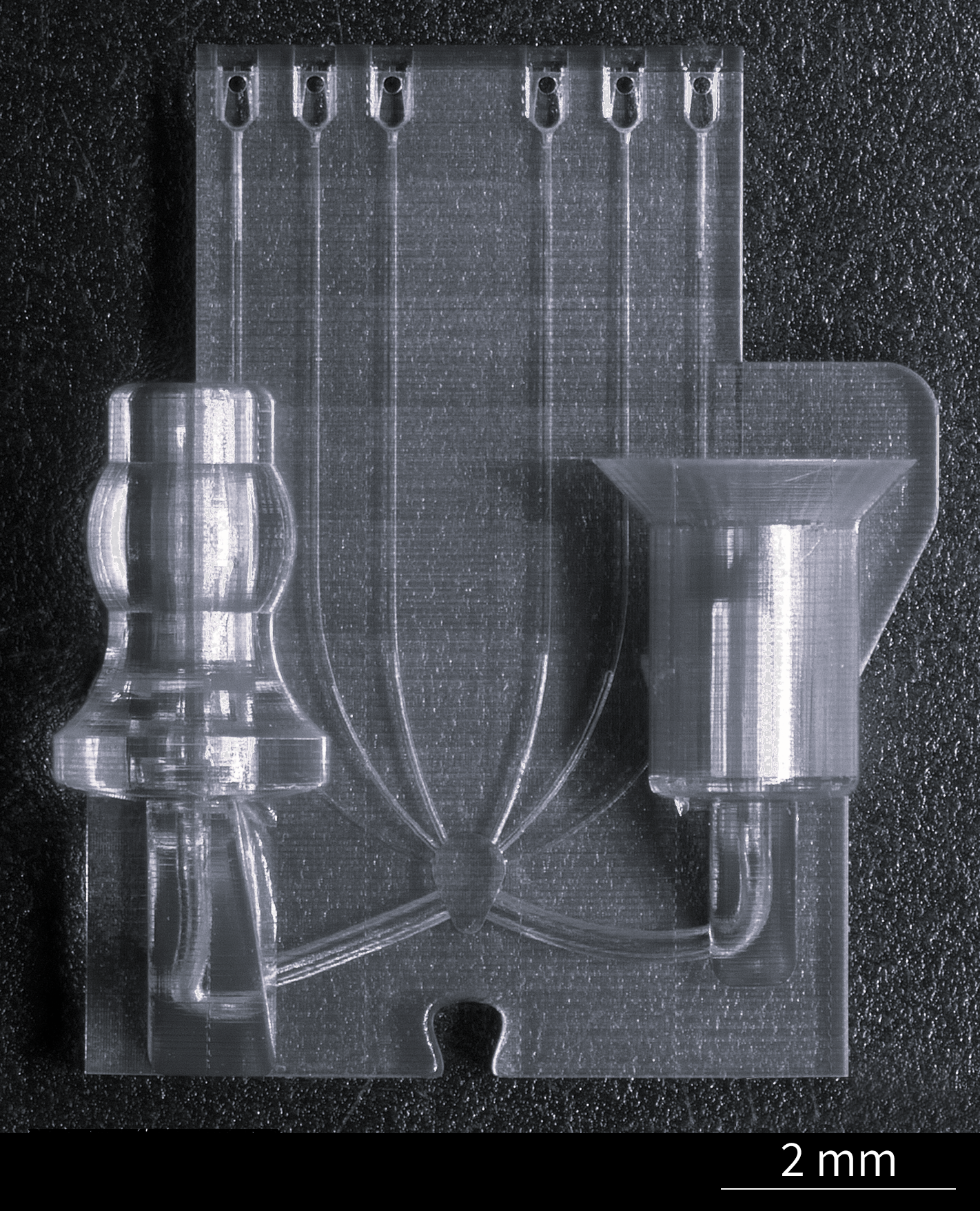Nano 3D printing is a very niche technological area whose applications have, so far, been mostly demonstrated in lab environments, as far as we know. So, actual use cases for the ability to 3D print at the submicron level are still being explored. Fertilis Pty Ltd, an Australian specialist in in vitro fertilization (IVF), has demonstrated one potentially fruitful application in the medical space. By using an NanoOne 2PP 3D printer from UpNano, the company was able to 3D print a dynamic cell culture that reduces cycles for implanting embryos by 30 to 40 percent.
The pre-implantation phase of IVF is a particularly delicate one in which the embryonic cells are exposed to continuous changes in environment. This stress placed on the culture increases the possibility of failure, making more IVF cycles necessary. To overcome this issue, Fertilis developed a unique device that makes it possible to precisely monitor and control the culturing process of the fertilized eggs so that they don’t need to be moved between petri dishes. The microfluidic device makes it possible to change the nutrient medium that surrounds the embryo in an automated and less disruptive fashion, resulting in a more optimized growth environment.
CEO of Fertilis Marty Guavin explained, “Our device allows fertilization, embryo culture and embryo cryopreservation to occur in the one structure – no more moving embryos around by hand. This, in fact, increases the success rate significantly and reduces time, costs and stress for the parents.”
To produce its device, Fertilis relies on the NanoOne installed at the Australian National Fabrication Facility (ANFF) at the University of South Australia. The system is able to 3D print features as fine as 0.05 mm in diameter, smaller than the width of a human hair. It also features adaptive resolution, which makes it possible to focus the width of the laser beam during the print process so that larger and smaller features can be printed in a single path. This improves overall productivity.
Denise Hirner, Chief Operating Officer and co-founder of UpNano, explained: “The microfluidic device of Fertilis have minute channels as well as larger structures to connect the device to tubes necessary for the incubation process. Being able to print across a range of scales –from nanometers to centimeters – the NanoOne can print this all in a single production cycle.”
Also necessary was UpNano’s UpFlow material, which maintains biocompatibility while also reducing viscosity, making it possible to more thoroughly clean the fine internal channels. This was achieved by selecting the proper base resin for UpFlow that would maintain a low viscosity until it is hardened by UV exposure. The manufacturer also highlights the resin’s high optical transparency, which is useful for microscopic inspections of incubated embryos, as well as low autofluorescence.
In addition to achieving the proper resolution, the NanoOne also aids the Fertilis team in increasing its production speed. Marty Guavin noted, “Previously, the 3D printing of our microfluidic devices took a full fortnight. Now, four hours only. That is an exceptional acceleration of the production process. And, best of it all, using UpFlow results in a better-quality product than achieved before.”
Outside of its work with Fertilis, UpNano has also developed X Hydrobio INX© U200, which it calls the “only commercially available resin that allows embedding living cells straight from a culture plate within highly precise 3D-printed structures for biological applications.”
Naturally, this development from Fertilis could be a silver lining for future couples struggling with the IVF process, as the company rolls out its technology. For nano 3D printing, it also offers a fairly concrete look at what such fine resolution brings to real world applications.
3DPrint.com and SmarTech Analysis are hosting Additive Manufacturing Strategies in New York City on February 7-9, 2023. Register for the event here to learn from and network with the most exciting companies and individuals in AM.
Subscribe to Our Email Newsletter
Stay up-to-date on all the latest news from the 3D printing industry and receive information and offers from third party vendors.
You May Also Like
High Stakes, High Speed: KVG Acquires 15 Nexa3D HSE 3D Printers to Boost Military Tech
As 3D printing increasingly intersects with defense and military logistics, a new partnership between Nexa3D and mission support logistics firm KVG stresses the growing importance of this technology in strategic...
3D Printer Maker EVO-tech Reborn as NEVO3D — Once More With Feeling
EVO-tech was a 3D printing service and original equipment manufacturer established in 2013 and based in Schörfling am Attersee, Austria. The company produced high-quality material extrusion systems featuring linear bearings,...
3D Printing News Briefs, March 16, 2024: Partnerships, Affordable Bioprinter, & More
We’re starting with dental 3D printing news today, and then moving on to some new partnerships. Then it’s on to some interesting university research about 3D printing plant-based pharmaceuticals, but...
FDR vs. SLA: The Right Polymer Manufacturing Choice for Your Application
The additive manufacturing (AM) industry has no shortage of acronyms when it comes to the various methodologies of industrial 3D printing. In polymer 3D printing, there are three main methods...

































